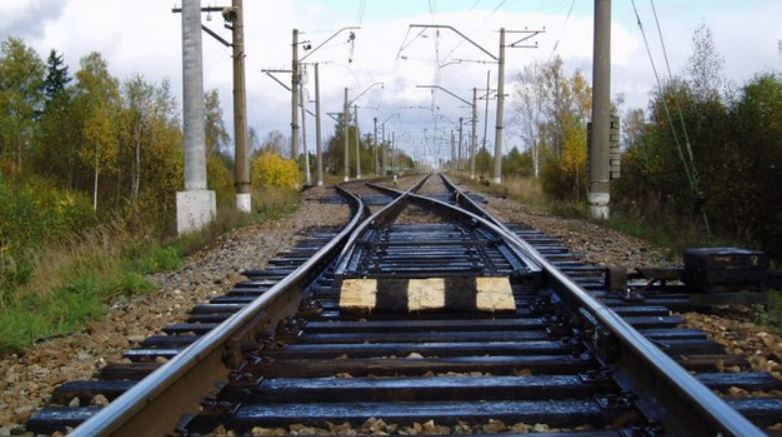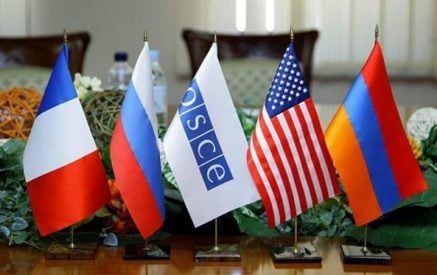In Brussels, RA Prime Minister Nikol Pashinyan and Azerbaijani President Ilham Aliyev reaffirmed the agreement on reopening the railway. This is referring to the construction of the Yeraskh-Julfa-Ordubad-Meghri-Horadiz railway. The government probably does not yet have a clear idea, calculations, or schedule of the cost of this project, how long the construction of the railway will last, what we will gain economically from the reopening of the railway, etc.
The Minister of Economy Vahan Kerobyan also confirmed this in a conversation with journalists on December 16. The road was completely dismantled, becoming a road for cars. In that section, according to the minister, there may be a need for a new road. The minister also said that they do not have a clear project, nor do they have an approximate assessment. “The problem will be around $200 million. The biggest investment is the construction of a railway from the border to Horadiz in Azerbaijan. The investment, as far as I remember, will require more than $1 billion,” said Vahan Kerobyan.
Aravot spoke to economist Vilen Khachatryan about the economic profitability of the railway. Khachatryan said that some time ago, the former ambassador of Kazakhstan presented calculations on that railway, noting that they can cross the Nakhichevan section of the railway at the lowest cost. According to Vilen Khachatryan, any communication project has its positive sides. In his opinion, the comparison should be made first of all from the point of view of transportation existing during the Soviet Union.
“Because it is important to have cost estimates for that time. Unless, of course, modern rolling stock is provided. Every communication project has its advantages. It will be difficult to imagine that the transportation will take place on the Azerbaijan-Armenia and Armenia-Azerbaijan models. It will be more so Armenia and Azerbaijan as transit countries and Russia as a model. Azerbaijan and Armenia will be transit countries and then outside of Armenia.” According to him, at least at the initial stage, the two countries, Armenia and Azerbaijan, will have a so-called closed model in terms of trade turnover, rather than transit. “I can not say what the developments will be in the future. But the logic is that it will be more of a transit railway. And in this case, it remains to understand how certain insurance issues should be resolved. International insurance companies should be involved to insure the goods so that they do not suffer. It is also necessary to understand to what extent this railway reduces costs in terms of trade between Armenia and Russia, for example, in terms of goods transported by road through Georgia. But, of course, the railway always has an advantage, and even without any calculations, we can say that it is less expensive.”
Read also
According to the economist, what the cost component will be, how the customs clearance or transit models will work, these are issues to be discussed later. “However, in any case, if Azerbaijan joins the EEU, a completely different model can be obtained. At the moment, the issue is being discussed only from an economic point of view. And at the European level, the opening of communication is unanimously welcomed.”
In response to our question of if they want to give Azerbaijan observer status in the EEU, but if Azerbaijan also integrates into the EEU, will it be more profitable for us to use that railway, Khachatryan said that we will end up having a border with the EEU because the neighboring country is a member of the EEU. Referring to the unblocking of roads, Vilen Khachatryan said that there is an interesting world index according to which the longer the borders are closed, the more concrete dictatorial declines are registered. “Closed borders can be opened even with models of integration, globalization, and economic cooperation. At the moment, we can say that we are dealing with such a phenomenon that the idea of a closed border opens somewhere. You can see what losses the closed borders have caused since 1991 and what damage they have caused.”
Lusine BUDAGHYAN



























































